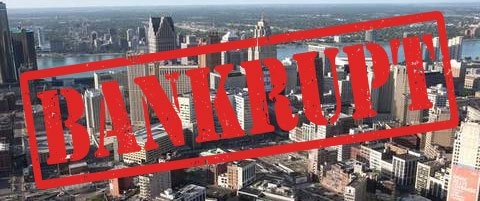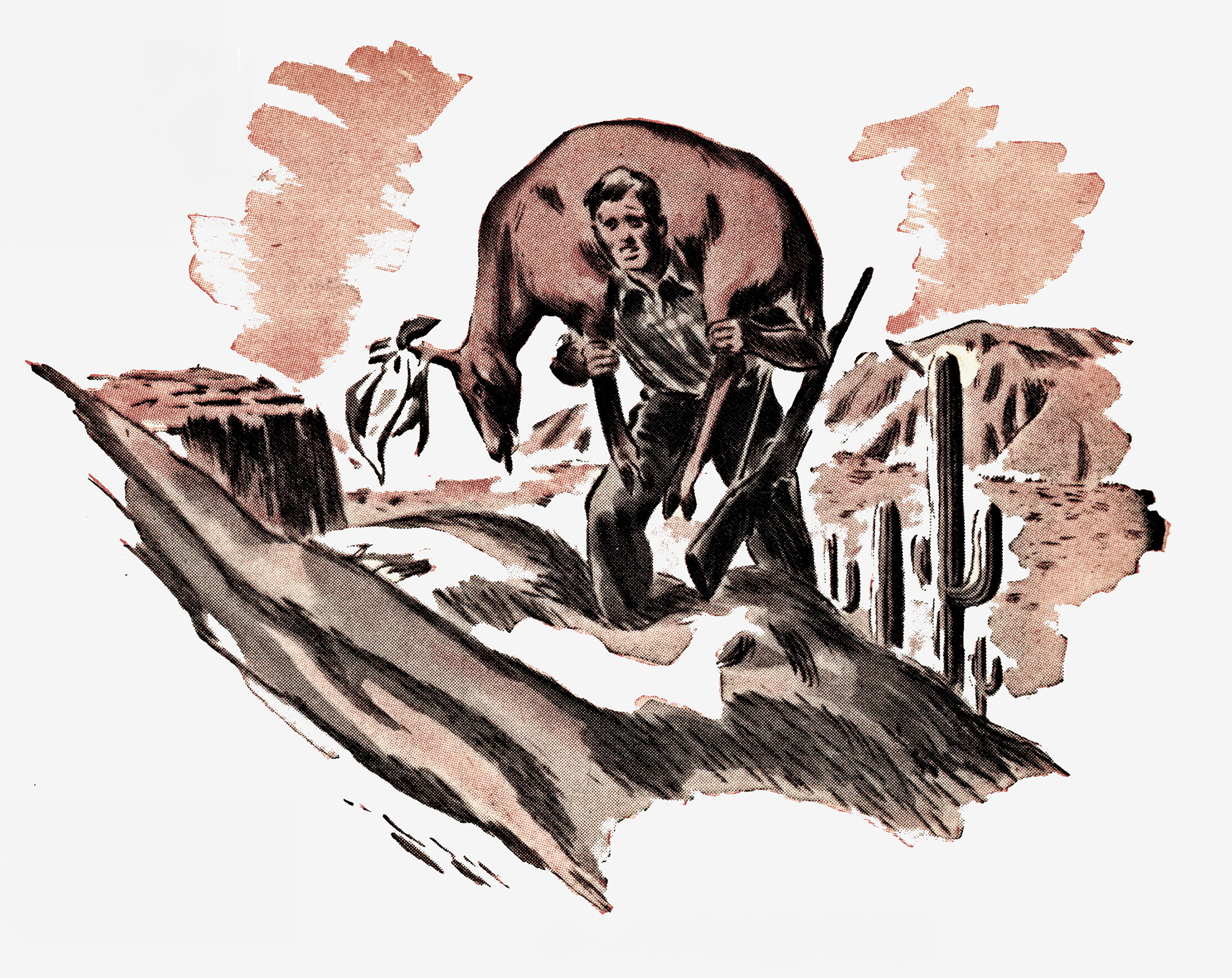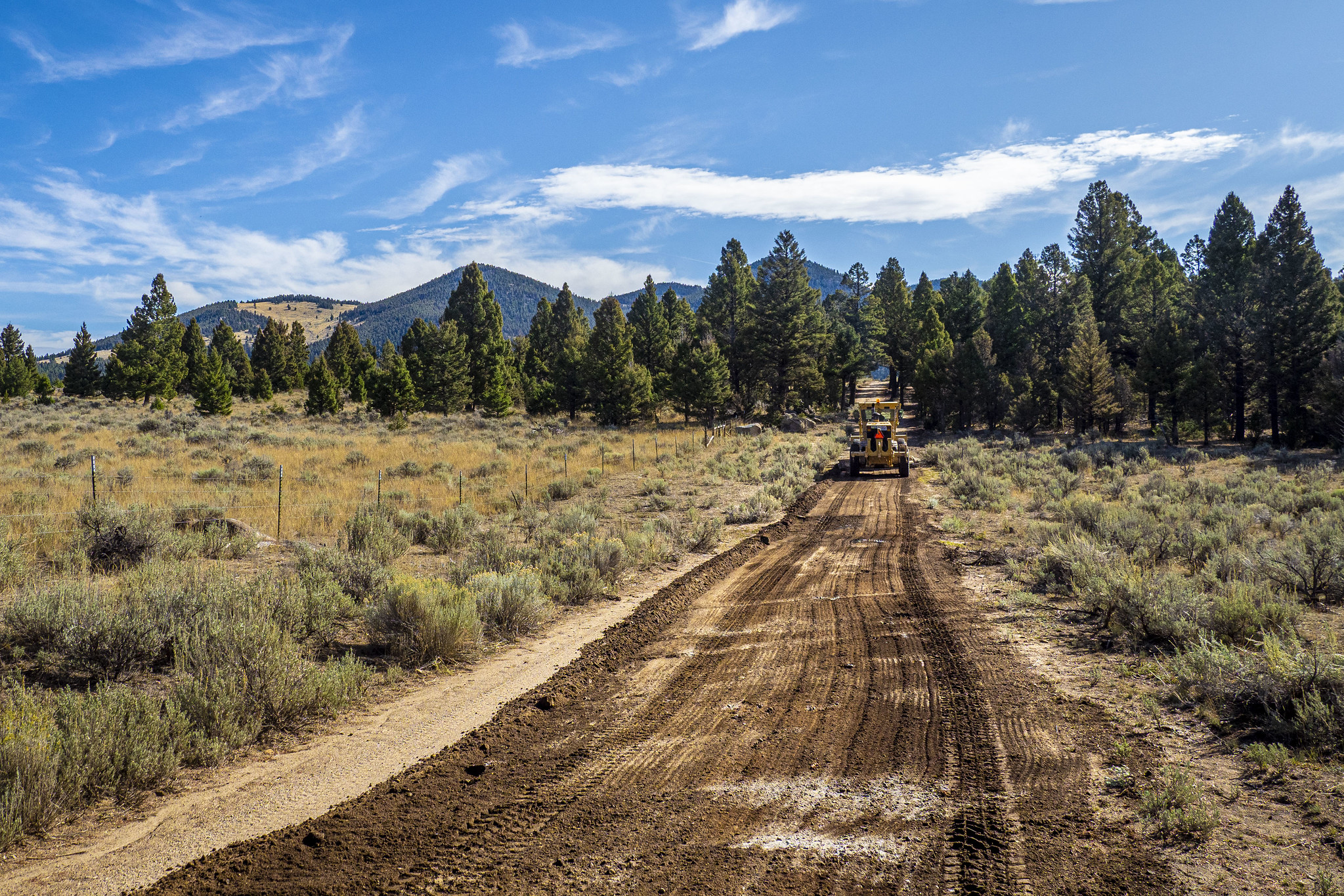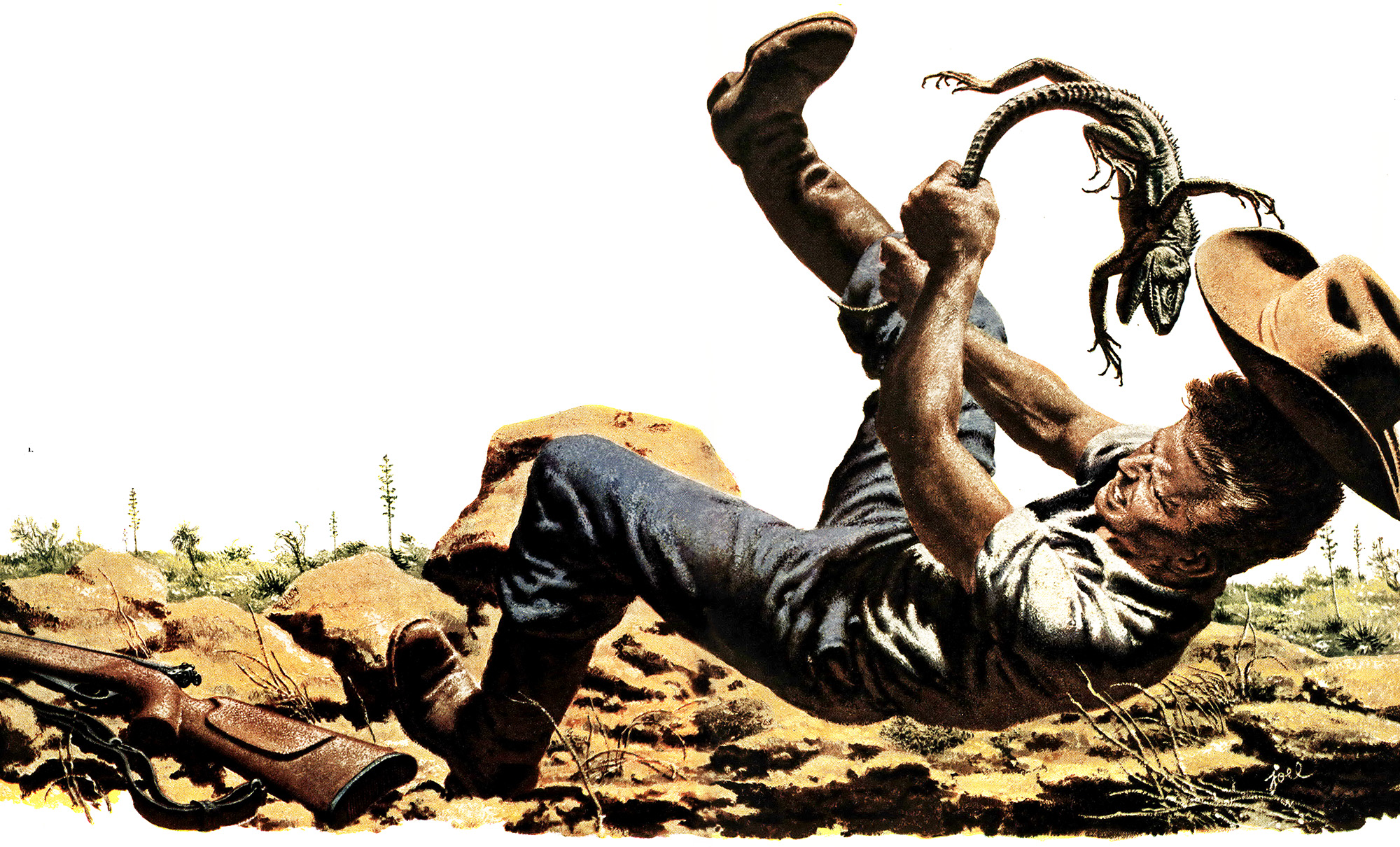USDA Revokes Roadless Rule Nationwide to Increase Logging Efforts
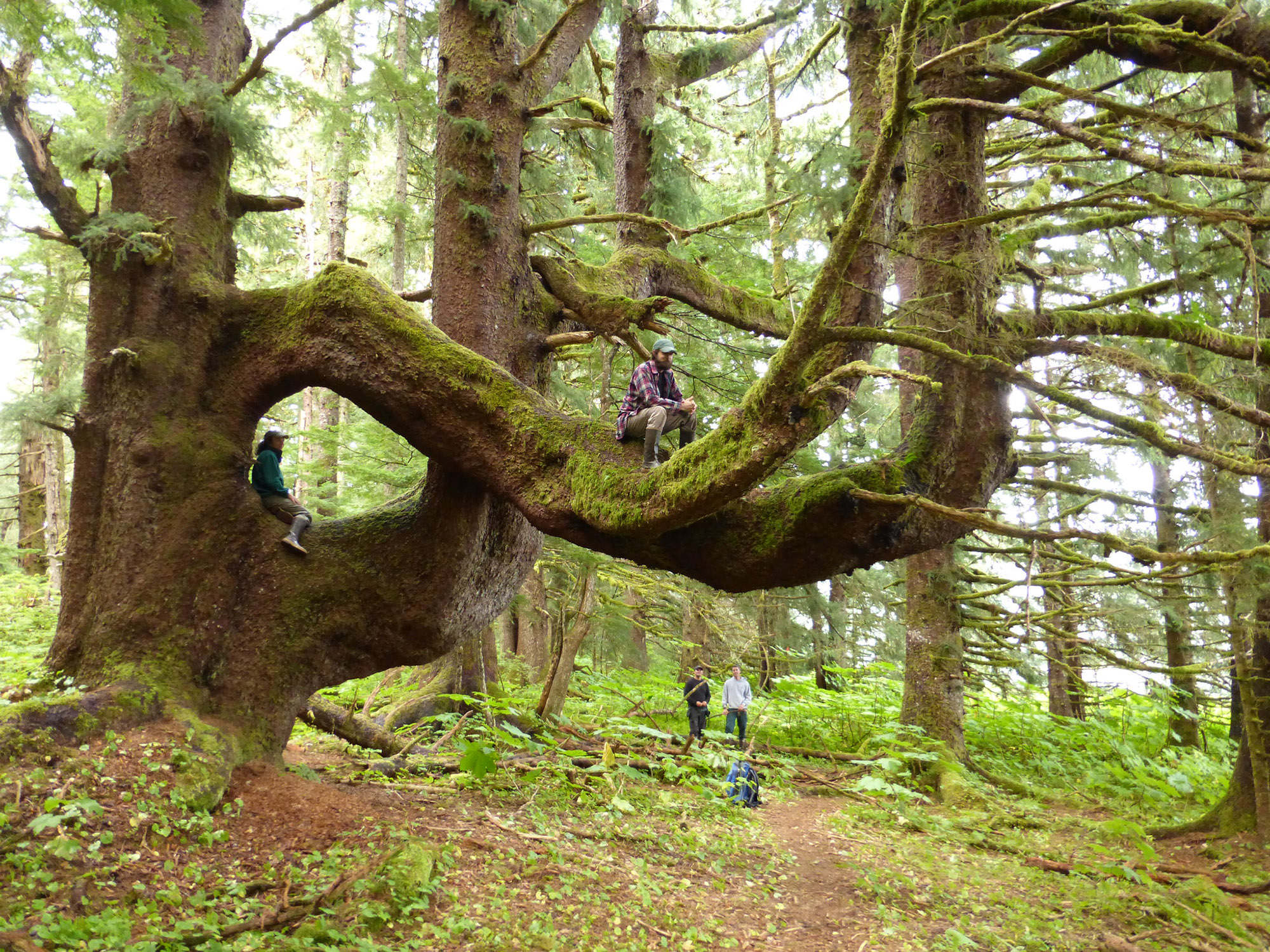
On Tuesday the U.S. Department of Agriculture announced it was rescinding the Roadless Rule, a policy that was put in place in 2001 and prohibits certain types of development and timber harvest, on 59 million acres of National Forest land across the country. While the federal agency argues that building roads in roadless areas is critical for wildfire mitigation and deregulation, research shows that where there are roads, there are wildfires.
The USDA referred to the Clinton-era Roadless Rule policy as an “outdated administrative rule [that] contradicts the will of Congress and goes against the mandate of the USDA Forest Service to sustain the health, diversity, and productivity of the nation’s forests and grasslands.”
The Roadless Rule prevents new construction on certain public lands in the U.S. Forest Service, including huge swaths of Southeast Alaska, as well as many Western states. The first Trump administration weakened the policy and later revoked Roadless Rule protections for some 9.2 million acres — specifically in the Tongass National Forest of Southeast Alaska. This time it’s targeting the entirety of the lands impacted by the Roadless Rule, or roughly a third of the total 193 million acres of federal USFS forest lands across the U.S.
“This rule is overly restrictive and poses real harm to millions of acres of our national forests,” Monday’s USDA statement reads. “…For example, nearly 60% of forest service land in Utah is restricted from road development and is unable to be properly managed for fire risk … This also hurts jobs and economic development across rural America. Utah alone estimates the roadless rule alone creates a 25% decrease in economic development in the forestry sector.”
The USDA does not mention the tourism or recreational economies that benefit from roadless areas. The intent of the 2001 Roadless Rule, however, is “to provide lasting protection for inventoried roadless areas within the National Forest System in the context of multiple-use management,” according to the USFS. In other words, many multiple uses are still permitted under the Roadless Rule, but it has prohibited new road construction or road reconstruction and timber harvesting on included areas.
Chris Wood, the current president and CEO of Trout Unlimited, was one of the chief policy architects of the Roadless Rule while working for the U.S. Forest Service chief at the time it was developed in 2001.
“No one should think that Moses walked down the mountain with the roadless rule on two tablets,” says Woods. “It’s one thing if the administration says, ‘Hey we want to take the science and the wisdom we’ve learned in the last 24 years and reapply it to the notion of protecting roadless areas because they’re incredibly important for fish and wildlife and hunting and fishing, I think Trout Unlimited is fully supportive of that notion. If, on the other hand, the notion is simply to do away with protecting these backcountry areas, I think they will find that to be scientifically indefensible and wildly unpopular.”
The Biden Administration restored the original Roadless Rule protections to the Tongass by ending industrial-scale old-growth logging and focusing on input from locals, who rely heavily on an economy rooted in tourism and outdoor recreation — including fishing. In Southeast Alaska old-growth forests protected by the Roadless Rule create critical spawning habitat for fragile salmon populations.
USDA Secretary Brooke Rollins, who has been working with Interior Secretary Doug Burgum on federal public land sales policy, announced the Roadless reversal at the Western Governor’s Association in New Mexico. While the primary motivator for the rollback is to comply with one of President Trump’s executive orders to unleash prosperity through deregulation, Rollins is also billing the move as a wildfire mitigation tactic.
“Of the 58.5 million acres of inventoried roadless areas covered under the 2001 Roadless Rule, 28 million acres are in areas at high or very high risk of wildfire,” reads the USDA statement. “Rescinding this rule will allow this land to be managed at the local forest level, with more flexibility to take swift action to reduce wildfire risk and help protect surrounding communities and infrastructure.”
But that’s a misnomer, according to conservation groups like Backcountry Hunters and Anglers, which argues that rescinding the Roadless Rule will only increase fire risk on public lands. Fire mitigation is also already legal in roadless areas. USDA’s own data indicates that nearly 85 percent of wildfires are human caused, and 90 percent of those begin within a half-mile of a road. Meanwhile, a 2007 study found that wildfires are overwhelmingly correlated with roads. Fewer than 3 percent of all wildfires start in wilderness or backcountry areas.
“A 32-year analysis of wildfire data across national forests — and analyzed by The Wilderness Society — shows that wildfires ignite three to four times more frequently within just 50 meters of roads compared to roadless and designated wilderness areas,” according to the BHA release. More studies show that roadless areas are critical for protecting drinking water and maintaining intact habitat for wildlife.
Lawmakers in the Pacific Northwest are attempting to codify roadless protections with the reintroduction of the Roadless Area Conservation Act, which would protect in perpetuity 58.5 million acres of roadless national forest lands in 39 states. Its sponsors also argue it would “save taxpayers millions of dollars by limiting costly new road building, allow the Forest Service to focus on maintaining its existing 371,581-mile network of National Forest System roads, and reduce its multi-billion dollar backlog of deferred maintenance on its existing road system.”
Read Next: Breaking: Mike Lee’s Plan to Sell Public Lands Fails to Pass Budget Rules. He Promises to Try Again
And, as OL contributor and Alaska resident Bjorn Dihle has previously reported, logging old-growth areas like the Tongass costs more money than it earns. “Southeast Alaska’s logging industry became heavily subsidized,” he observed in 2023. “In the past 40 years, taxpayers have lost $1.7 billion dollars ‘selling’ Tongass trees. The clear-cut logging practices were devastating for streams and wildlife. That must have come as a surprise to some of the supporters of the ‘it’ll grow back in a few years’ theory.”
This is largely because most areas that would be profitable for logging operations have already been cut, as Wood also suggested in a interview with the New York Times.
“I don’t think the timber industry wants to get into these areas,” he said. “They’re wildly controversial, and they’re too expensive to access. I believe when they take this to rule making, they will realize how wildly unpopular getting rid of that rule is and how little gain there is to be had from it.”
Read the full article here





